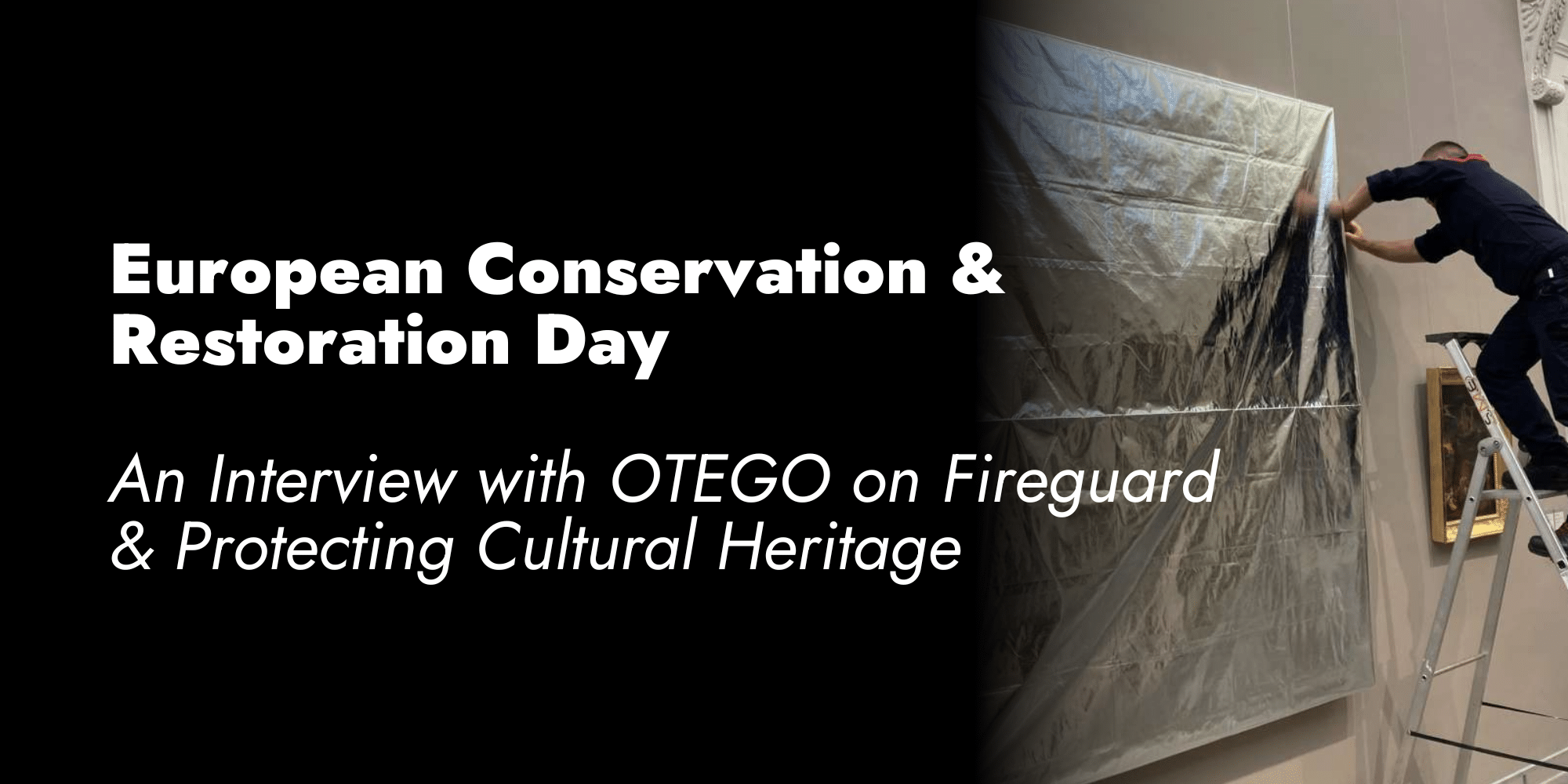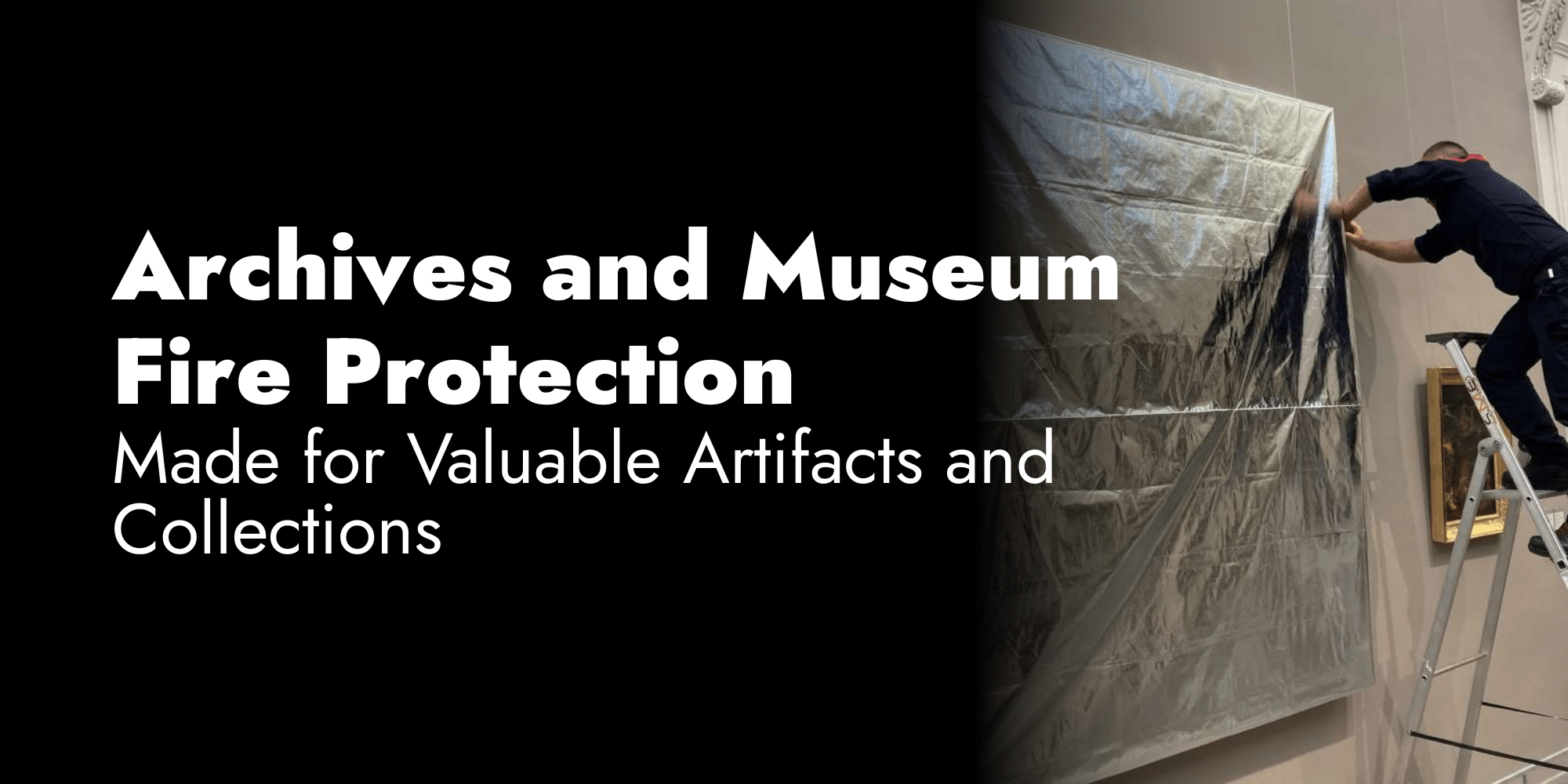In recent years, Europe has faced a rising number of emergencies threatening its cultural heritage,…

Firefighter safety in wildland ground fires
Because of unexpected weather patterns, wildfires tend to occur at a higher rate and higher intensity in recent years. Wildfires are dynamic and can spread to large areas. Terrain topography, weather condition, density and nature of combustibles (fuels) will impact wildfires behavior.
Wildland firefighters are trained to size up the fire and to anticipate its behavior in order to implement the safest strategy to contain the flames and save lives. Responders will use different approach depending on the gravity of the disaster (measured by the Forest Fire Danger Index).
The direct fire control is usually used on small fire using water and pushing the burning fuel adjacent to the fire edge into it. The water is very important since it prevent hand tools and machines from unintentionally spreading the fire.
For bigger fire, the priority will be given to limit the fire spread by mitigation. The crew will actively work to remove natural or man-made fuels to create safety zones large enough to prevent the fire from passing through.
The Dead-Man Zone
When intervening on a wildfire, firefighters must ensure their own safety by keeping enough distance with the fire edge, so they are in capacity to retreat to a safe zone if necessary. It is often recommended approaching an active fire “from the black” (heel of the fire) as opposed to an approach “from the green” (fire’s path). However, accurately estimating the distance and the time required to get to safety is difficult and a wind change can push the fire to change speed and direction. When it occurs, responders can be caught off guard and risk to be entrapped by the flames. This risky area is what firefighters call a “dead-man zone” and should be avoided when possible.
Wildfire PPE
Because wildfire are by definition unpredictable, it is recommended to equip the responders with the proper safety gears that can help the firefighters get to safety or to wait for rescue in case of fire entrapment. NFPA 1977 and ISO 15538 are the standards often used to certify the performance of protective clothing and equipment designed for wildland fire fighting. Thermal radiation, convective heat and smoke exposure are the main dangers to overcome when fighting a forest fire. Reflective clothing or gears (aluminized poncho or fire shelter) can help the firefighter to protect him(her)self against radiant heat and fire when safety zones are not accessible. Because of the necessity for wildfire responders to be mobile on irregular terrain, equipments are to be lightweight and easily carried. Heavier gears (i.e. proximity suits) are not suitable for those interventions and likely to cause heat stress injuries.
Feel free to visit our heat protection page to learn more about our aluminize fabrics for firefighting.


